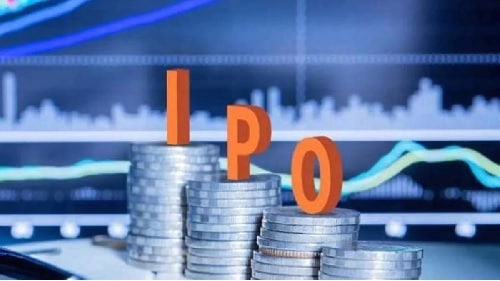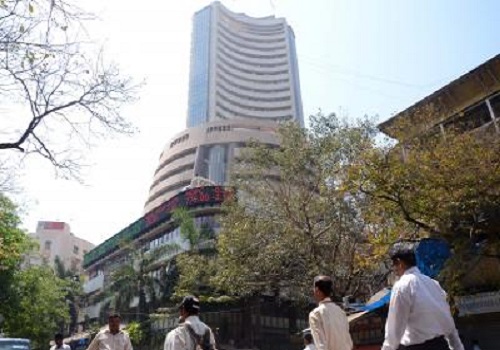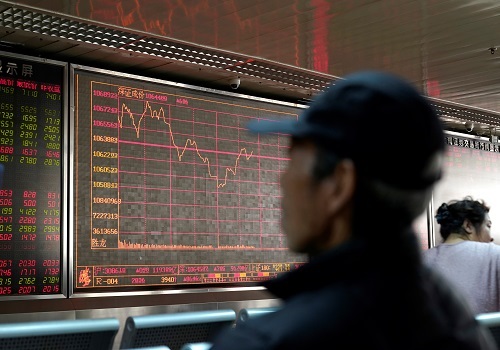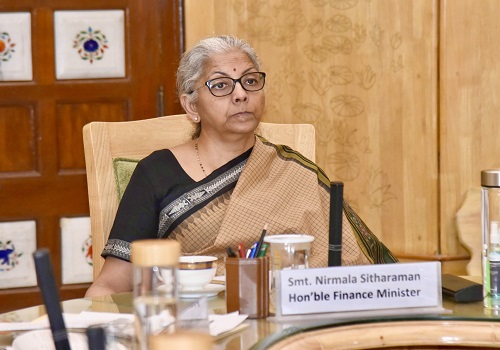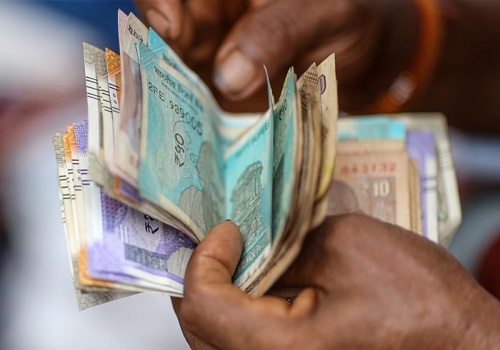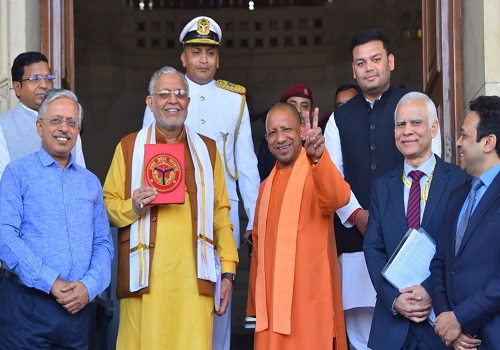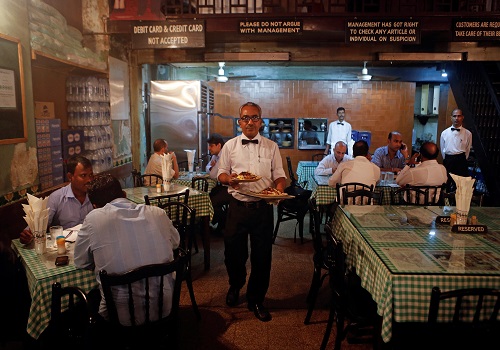India on its way to become global energy superpower in terms of consumption, production: Hardeep Singh Puri
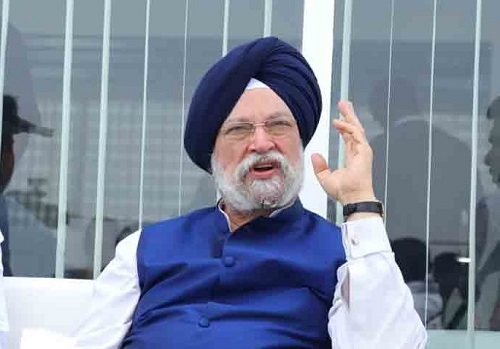
Follow us Now on Telegram ! Get daily 10 - 12 important updates on Business, Finance and Investment. Join our Telegram Channel
Union Minister for Petroleum and Natural Gas Hardeep Singh Puri has said India is on its way to become a global energy superpower in terms of consumption and production. Though, Puri said India had the resources, exploration and production of fossil fuel and gases remain stagnant. He said India will be the energy superpower of the world by the time we will be a USD 10 trillion economy in 2030.
He mentioned ‘Global energy superpower means we will set the pace for global consumption, becoming a significant producer by way of exploration and production of different sources of energy.’ He stated for Prime Minister Narendra Modi, energy is the priority area, mainly because 85 per cent of India's crude and 55 per cent gas requirement are met through imports, and there was a need to switch to green energy.
Further, he said ‘For many years, we allowed exploration and production to remain stagnant. Now, we have increased that. We had the resources, but we allowed ourselves to be import dependent.’ He added that India's per capita fuel consumption is three times the global per capita consumption. Besides, he said Puri said the PM has set a target of 20 per cent biofuel or ethanol blending by 2025, stating that 20 per cent blended fuel will be made available in small quantities from April 1, 2023.
Moreover, he highlighted India's liquified natural gas regasification capacity has gone up from 21 million metric tonnes per annum (MMTPA) in 2014 to 42 MMTPA now, while the aim was to increase the country's overall LNG regasification capacity to 62.5 MMTPA in the next few years. He also underlined ‘India's refining capacity has increased from 214 MMTPA to 250 MMTPA, and we have set a target of reaching 400 MMTPA in the next few years. Similarly, we aim to increase the gas pipeline network from 18,500 kilometers to 32,000 kilometers in the next five years.’










Tag News

Monthly Debt Market Update, September 2023: CareEdge Ratings





 320-x-100_uti_gold.jpg" alt="Advertisement">
320-x-100_uti_gold.jpg" alt="Advertisement">

